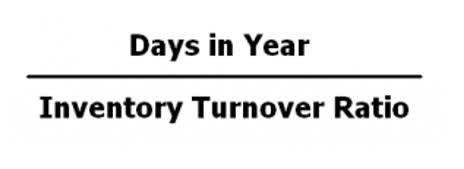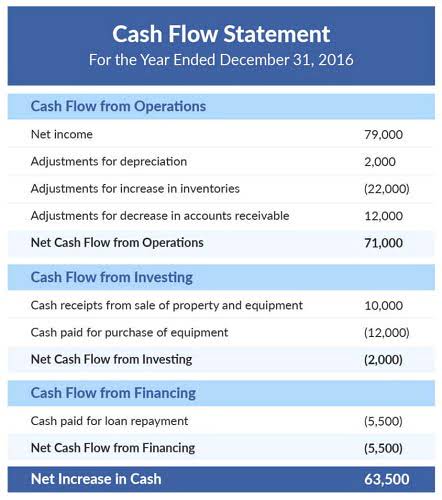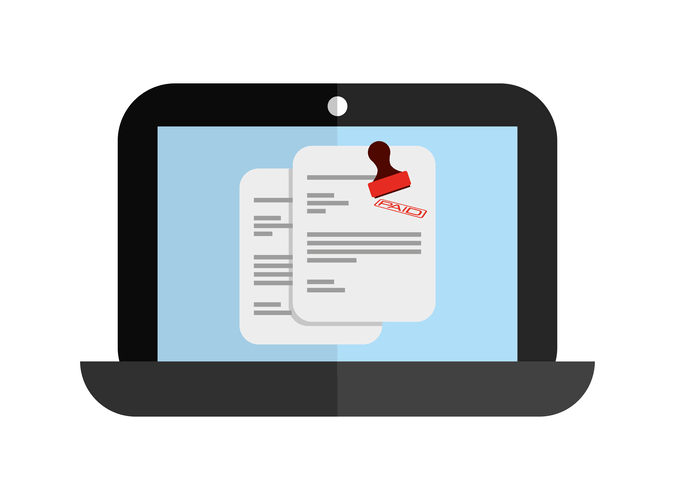Fewer errors mean faster payments and fewer outstanding invoices to chase. These two terms are often used interchangeably, but the fact is, they are not the same. Invoices are classified as outstanding invoices if the amount is unpaid, but the last date for payment hasn’t passed yet. However, if the invoice stands unpaid beyond the last payment date as per the terms of payment agreed upon, the invoice will be classified as an overdue invoice.
- While cash can be convenient for in-person purchases, it’s not recommended for paying invoices due to the lack of security.
- The client’s accounts payable department will track all outstanding invoices and schedule them for payment.
- Cash can easily be lost or stolen, with no way to trace the payment or recover funds if something goes wrong.
- The terms outstanding and overdue are often used interchangeably when describing the payment status of an invoice.
The invoice establishes the payment obligations, clarifies the payment method, and specifies any due dates. For my business, one of the headaches was managing both stocks and expenses. Luckily, I switched to Moon Invoice and found the hassles of stock and expense management getting faded. After establishing an outstanding invoice, the concept of a past-due invoice has now been established.
What Is Invoice Management: A Complete Guide
As you know, cash is crucial to planning your growth consistently and making investments in resources that will help you scale, even if you’re a small business. Want to learn how to properly email and invoice your clients, and get paid right on schedule? State the late fee penalty clearly and in an easy-to-spot section of the invoice. To learn more about how to create an invoice and the core elements it includes, head over to our guide on how to make an invoice. An amount of amount owed on invoice for our invoice invoice reference number is scheduled for payment on date due.
You can efile income tax return on your income from salary, house property, capital gains, business & profession and income from other sources. Further you can also file TDS returns, generate Form-16, use our Tax Calculator software, claim HRA, check refund status and generate rent receipts for Income Tax Filing. The MSME Samadhaan Portal is an initiative undertaken by the MSME Ministry to protect the MSME supplier where cases of delay in payment occur. It aims to take corrective actions and settle any disputes regarding non-payment that may arise in the ordinary course of business. Leverage proforma invoices to boost clarity for startups, prevent mistakes, and optimize financial growth strategies.
- You can also benefit from integration with over 200+ partners, including invoicing software solutions such as Xero and Quickbooks.
- Once the deadline passes, then the outstanding invoice turns into an overdue one.
- Unpaid invoices are invoices sent to customers that have not yet been paid within the agreed payment terms.
- It helps businesses maintain control over expenses, prevent errors, and ensure compliance with accounting standards.
Automation invoice reminders with the right tools
It represents revenue that a business expects to collect, but hasn’t yet received. Print or digitally prepare the same invoice again, adding an ‘overdue’ stamp or watermark to the page. If any late fees apply, as noted in your initial agreement, include them on the overdue invoice as well. You can also send the original invoice in a payment request email, with or without the “overdue” watermark.
Implement automation
A simple, accessible payment process makes it easier for clients to pay on time. outstanding invoice meaning Automating this process ensures payment reminders are sent consistently, increasing the likelihood of on-time payments. That’s why it’s so important to track outstanding invoices properly, so they don’t become past due in the future.
Provide Early Payment Discounts
It conveys the message that your services or products should not be taken for granted and encourages clients to meet their financial obligations. Now, when an invoice becomes past due, it indicates that your client has failed to honor their agreement to pay for the service within the agreed-upon timeframe. This situation is often referred to as an overdue or past-due invoice. These policies should be clearly stated on invoices, sales agreements, or customer contracts. Regularly reminding customers about these terms can encourage them to take advantage of discounts—or avoid penalties altogether. Payment Schedules in FreshBooks allow you to create a payment plan for your clients so that they can pay invoices in multiple and partial installments on dates of your choosing.
This unpaid invoice remains exceptional until the payment is received. While it’s common for companies to have outstanding invoices, it’s important to monitor and manage them effectively to avoid overdue payments that can negatively affect cash flow. Managing outstanding invoices is a critical part of running a business. Late or unpaid invoices can disrupt cash flow, impact supplier relationships, and create financial strain. This guide will explain what an outstanding invoice is, how to handle it, and how invoice automation software can streamline the management and tracking of outstanding invoices.
A lot of that thought goes into the respectful yet effective handling of overdue invoices. There are several different approaches to handling an outstanding invoice from fees to phone calls to friendly reminders. These contact methods are great ways to deal with overdue payments when used properly and with discretion. Firstly, it’s vital that you stay organized and on track when it comes to your invoicing.
As frustrating as that situation may be, there are some measures you can take to prevent outstanding invoices from turning into bad debt. If you’ve ever had the unfortunate luck of dealing with unreliable clients, you’ve probably dealt with cases where an outstanding payment has become overdue. When discussing the payment status of invoices, the terms “outstanding” and “overdue” are commonly used, sometimes interchangeably. However, these two words carry distinct meanings, and there’s more to the difference than just words. A streamlined invoice management process frees up your team to focus on what truly drives growth. Ramp Bill Pay automates routine tasks like invoice tracking, coding, and approvals, allowing your team to focus on high-value work instead of manual data entry.
It is advisable to provide a brief summary of outstanding charges in your follow-up email.
Spend more time on calls, collecting from customers while we handle transcription & note-taking, boosting call volume & reducing past dues. Target the right customers with the right method, using AI to prioritize high-impact accounts for faster collections. Some clients may prefer email over phone calls, or vice versa—adjust your strategy based on what works best.
Digital Solutions for Invoice Management
You can also upload and record the invoices from your suppliers to keep track of your expenses and to make sure you pay on time. You can also offer discounts for customers who pay the outstanding amount early to encourage early payments. An outstanding invoice is a bill that has been issued but not yet paid by the client. Generate insights into outstanding amounts for improved cash flow management.
Outstanding invoices are considered assets for a business, as they represent expected future cash inflows. To start with, businesses can choose to offer attractive rewards for on-time payments and impose penalties for late payments. Most customers are often motivated by discounts and rebates, so these incentives increase the likelihood of prompt payments.

















